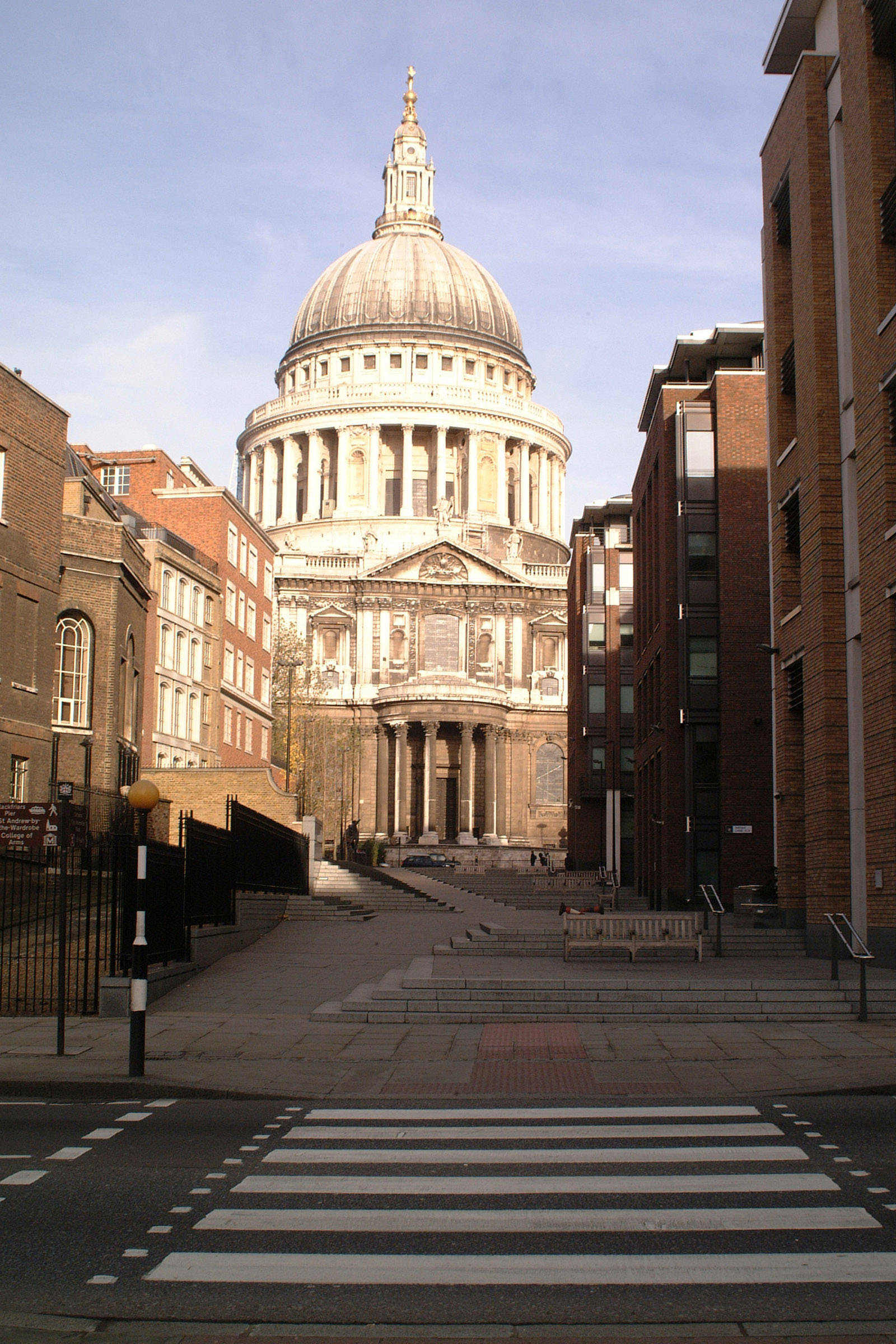The sprawling megalopolis of London is revered across the world for its architectural heritage but as you wander around the capital city, there is a building material that is highly effective, long lasting and featured in many an historic and prestigious building. From Buckingham Palace to St Paul’s Cathedral, mastic asphalt has the longevity necessary to preserve and protect our nation’s landmarks and easily outperforms every other waterproofing membrane.
Mastic asphalt is so popular that it is frequently specified by the National Trust and English Heritage, as well as other public and private owners of prestigious buildings, for refurbishment projects. Mastic asphalt, whilst a traditional material, has durability and wear resistance far beyond any modern alternative.
Britain’s most famous home, Buckingham Palace, is testament to the longevity of mastic asphalt. On top of the famed white building is a rooftop of mastic asphalt that has kept the Royal household dry for 80 years. A stone’s throw away on the Thames, the Houses of Parliament’s complex and elegant roofs have also been waterproofed by the reliable material.
As you walk across central London, where many more mastic asphalt roofs protect new and old buildings alike from water damage, East London’s prominent landmarks also make use of the world’s premier waterproofing material. At the end of Fleet Street it was used to replace century old asphalt roofing on St. Paul’s Cathedral. A modern high performance 20mm polymer modified asphalt was chosen for the detailed replacement work, meaning that it should last even longer than the previous asphalt cover!
Mastic asphalt’s heritage and performance properties are so appealing that it was used on the Tower of London, now a World Heritage Site, to refurbish the Western Pavilion at the entrance of Tower Hill. Within 200 metres of the Tower, mastic asphalt was specified to protect Tower Bridge. Just around the corner in the Square Mile, the Bank of England is also topped by a mastic asphalt roof.
Moving out of London, many other famous historical landmarks have made use of mastic asphalt for its performance and heritage qualities. On Sussex’s South Downs, it was also used to refurbish the 19th Century Grade I listed Lancing College. An architectural masterpiece, the chapel features artefacts including fine silverware and elegantly crafted tapestries that attract thousands of visitors every year. Owing to the ornate stonework of the structure, vibration tools could not be used to remove the original layers of asphalt. Painstakingly removed by hand, they were replaced with a modern Permanite roofing grade mastic asphalt that will protect the valuable structure well into the future without compromising its heritage.
Marking the graves of more than 73,000 soldiers, the 160ft high Thiepval Memorial on the Somme was faithfully renovated with polymer modified mastic asphalt – its original waterproofing had been provided by organic Trinidad Lake asphalt some 80 years previously.
What makes mastic asphalt so appealing for heritage projects, from local restorations to maintaining internationally renowned buildings, is its suitability, performance and appearance, which is in keeping with the stonework of these prestigious structures. More faithful to tradition than virtually any other system, modern polymer modified mastic asphalt is also a far more effective waterproofing material.
Though its life expectancy has been estimated at 50 years (far longer than “built up” methods) by the respected Building Performance Group, many MAC contractors report that they are replacing asphalt roofs laid 80 to 90 years ago. Hot laid to form a jointless seam, it accommodates building movements and, laid only by highly qualified craftsmen, is less likely to leak than alternative methods.
Providing unparalleled protection for buildings, mastic asphalt is totally impervious to water, vermin and rot and highly resistant to wear and accidental damage. It is an ideal choice for protecting Britain’s prime buildings.
These factors have all made mastic asphalt the top choice for heritage projects not only in London, but also nationwide. From the medieval St. Michael’s Mount, featured in Arthurian legend, in Cornwall; to the impressive engineering of the Elan Valley aqueducts and Britain’s finest example of military architecture, Tilbury Fort in Essex; Britain’s priceless heritage is being protected by mastic asphalt. With such an impressive range of qualities, it is the UK’s only choice for heritage restoration.

